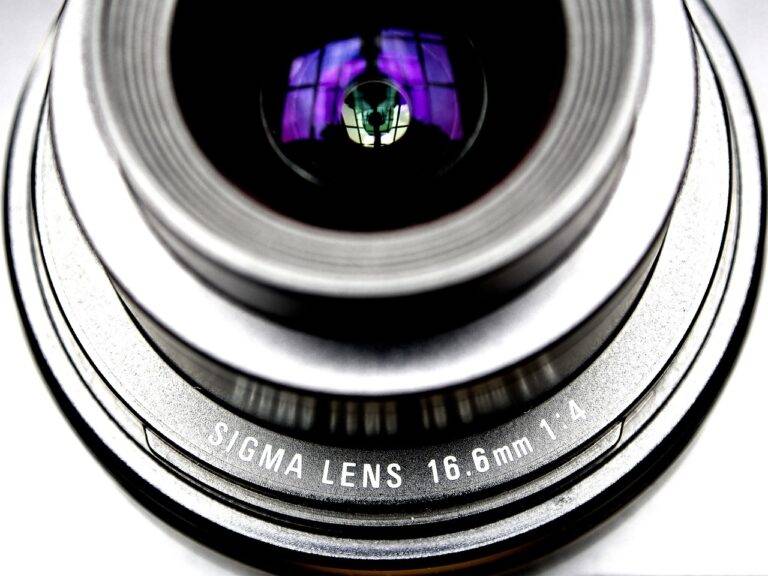The Future of Quantum Encryption: Securing Data Transmission
With the ever-increasing sophistication of cyber threats, one of the major challenges in current encryption methods is the vulnerability to brute force attacks. As computing power continues to advance, traditional encryption algorithms are becoming more susceptible to being cracked by attackers who can quickly generate and test numerous password combinations. This poses a significant risk to the security of sensitive data and communication channels.
Another obstacle faced in current encryption methods is the potential for backdoor access by unauthorized parties. While encryption protocols are designed to keep information secure, there have been instances where vulnerabilities in the implementation of these methods have allowed for unauthorized access to encrypted data. This highlights the importance of continuously reviewing and updating encryption techniques to stay ahead of evolving cybersecurity threats.
Advancements in Quantum Computing Technology
Quantum computing technology has made significant strides in recent years, with researchers pushing the boundaries of what was once thought impossible. These advancements have led to the development of more powerful and efficient quantum computers that have the potential to revolutionize various fields, including cryptography and data encryption.
One of the key aspects of the progress in quantum computing technology is the ability to perform complex calculations at speeds that far surpass traditional computers. This increased processing power opens the door to solving intricate encryption algorithms in a fraction of the time it would take a classical computer. With these advancements, quantum computing has the potential to enhance data security by providing stronger encryption methods that can outpace current technologies.
How Quantum Encryption Works
Quantum encryption leverages the principles of quantum mechanics to secure information exchange. It operates on the principle that measuring a quantum system alters it, making eavesdropping easily detectable. Essentially, in quantum encryption, the information to be exchanged is embedded in quantum particles, such as photons, which are then sent through a communication channel.
These quantum particles can exist in multiple states simultaneously, thanks to superposition, making them ideal for encryption. By entangling the particles, their states become correlated, so that any attempt to intercept or measure them disrupts the entanglement, indicating unauthorized access. This characteristic of quantum encryption ensures data security through the constant monitoring of the quantum state, providing a defense mechanism against potential breaches.





